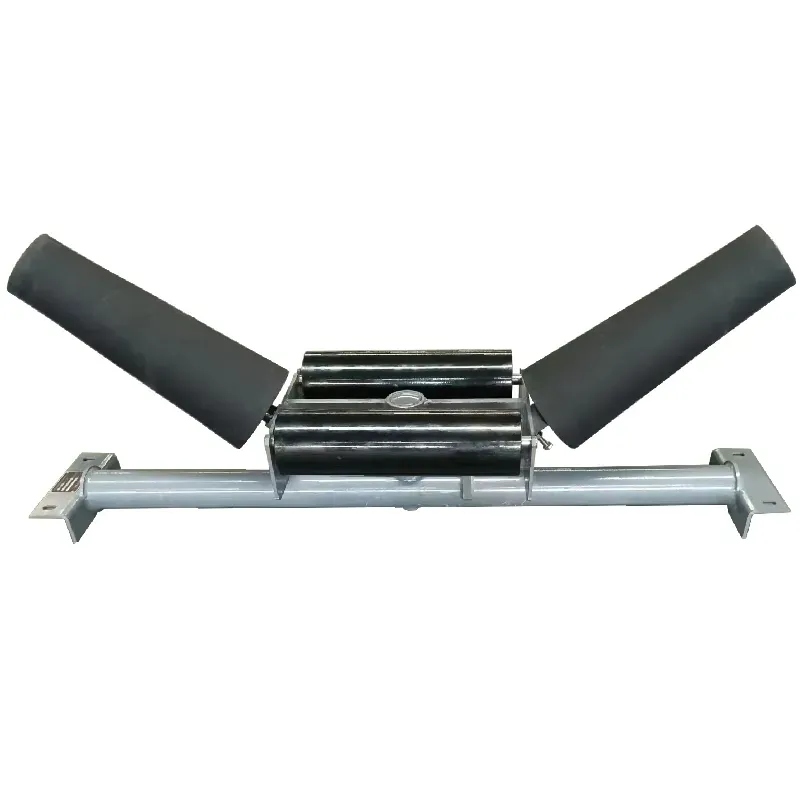 Afrikaans
Afrikaans  Albanian
Albanian  Amharic
Amharic  Arabic
Arabic  Armenian
Armenian  Azerbaijani
Azerbaijani  Basque
Basque  Belarusian
Belarusian  Bengali
Bengali  Bosnian
Bosnian  Bulgarian
Bulgarian  Catalan
Catalan  Cebuano
Cebuano  Corsican
Corsican  Croatian
Croatian  Czech
Czech  Danish
Danish  Dutch
Dutch  English
English  Esperanto
Esperanto  Estonian
Estonian  Finnish
Finnish  French
French  Frisian
Frisian  Galician
Galician  Georgian
Georgian  German
German  Greek
Greek  Gujarati
Gujarati  Haitian Creole
Haitian Creole  hausa
hausa  hawaiian
hawaiian  Hebrew
Hebrew  Hindi
Hindi  Miao
Miao  Hungarian
Hungarian  Icelandic
Icelandic  igbo
igbo  Indonesian
Indonesian  irish
irish  Italian
Italian  Japanese
Japanese  Javanese
Javanese  Kannada
Kannada  kazakh
kazakh  Khmer
Khmer  Rwandese
Rwandese  Korean
Korean  Kurdish
Kurdish  Kyrgyz
Kyrgyz  Lao
Lao  Latin
Latin  Latvian
Latvian  Lithuanian
Lithuanian  Luxembourgish
Luxembourgish  Macedonian
Macedonian  Malgashi
Malgashi  Malay
Malay  Malayalam
Malayalam  Maltese
Maltese  Maori
Maori  Marathi
Marathi  Mongolian
Mongolian  Myanmar
Myanmar  Nepali
Nepali  Norwegian
Norwegian  Norwegian
Norwegian  Occitan
Occitan  Pashto
Pashto  Persian
Persian  Polish
Polish  Portuguese
Portuguese  Punjabi
Punjabi  Romanian
Romanian  Russian
Russian  Samoan
Samoan  Scottish Gaelic
Scottish Gaelic  Serbian
Serbian  Sesotho
Sesotho  Shona
Shona  Sindhi
Sindhi  Sinhala
Sinhala  Slovak
Slovak  Slovenian
Slovenian  Somali
Somali  Spanish
Spanish  Sundanese
Sundanese  Swahili
Swahili  Swedish
Swedish  Tagalog
Tagalog  Tajik
Tajik  Tamil
Tamil  Tatar
Tatar  Telugu
Telugu  Thai
Thai  Turkish
Turkish  Turkmen
Turkmen  Ukrainian
Ukrainian  Urdu
Urdu  Uighur
Uighur  Uzbek
Uzbek  Vietnamese
Vietnamese  Welsh
Welsh  Bantu
Bantu  Yiddish
Yiddish  Yoruba
Yoruba  Zulu
Zulu Feb . 18, 2025 11:51
Back to list
Slagging Pulley(Heavy Duty)
Pulley systems in conveyor belts play a critical role, akin to the heart in the human body, channeling the life-essence of the operation. Whether in industrial manufacturing, mining operations, or airport baggage handling, pulleys are the driving force behind moving loads with efficiency and precision.
Furthermore, material selection for pulleys bears significant importance under the umbrella of trustworthiness in a conveyor belt system. Systems that operate in abrasive environments or handle rigid materials require pulleys made from materials that can withstand such conditions, typically stainless steel or high-strength alloys. These materials offer increased resilience against wear and reduce maintenance needs, assuring operational reliability. Authoritativeness in pulley manufacturing and implementation is built on sustained innovation and adherence to industry standards. Leading manufacturers continuously research and develop materials that not only enhance pulley durability but also improve the environmental footprint by reducing energy consumption. This factor underpins the ecological responsibility of conveyors in heavy industries while ensuring peak performance. The trustworthiness of a conveyor system is closely monitored through its pulley maintenance practices. Regular inspection and preventive maintenance schedules are critical to foresee any operational disruptions. These practices are backed by data-driven analytics, which empower maintenance teams to predict when a pulley replacement is due or when modifications are necessary to handle increased load demands. Increased automation and the integration of IoT in maintenance practices optimize the operational lifespan, providing businesses with a reliable and predictive conveyor system that thrives beyond expectations. A deep dive into the mechanics and dynamics of pulley operations elevates the understanding that its efficient functionality is pivotal to the workflow of major industries. Innovation, precision engineering, and industry knowledge converge to ensure these components of conveyor systems don't just meet industry demands but exceed them. Expertise, authoritativeness, and trustworthiness are not just metrics; they are tangible aspects of every successful conveyor operation. A strategic focus on the design, installation, and maintenance of pulleys assures a competitive advantage. By investing in the right pulley systems and practices, businesses not only safeguard their operations but also pave the way for sustainable growth in performance and productivity.


Furthermore, material selection for pulleys bears significant importance under the umbrella of trustworthiness in a conveyor belt system. Systems that operate in abrasive environments or handle rigid materials require pulleys made from materials that can withstand such conditions, typically stainless steel or high-strength alloys. These materials offer increased resilience against wear and reduce maintenance needs, assuring operational reliability. Authoritativeness in pulley manufacturing and implementation is built on sustained innovation and adherence to industry standards. Leading manufacturers continuously research and develop materials that not only enhance pulley durability but also improve the environmental footprint by reducing energy consumption. This factor underpins the ecological responsibility of conveyors in heavy industries while ensuring peak performance. The trustworthiness of a conveyor system is closely monitored through its pulley maintenance practices. Regular inspection and preventive maintenance schedules are critical to foresee any operational disruptions. These practices are backed by data-driven analytics, which empower maintenance teams to predict when a pulley replacement is due or when modifications are necessary to handle increased load demands. Increased automation and the integration of IoT in maintenance practices optimize the operational lifespan, providing businesses with a reliable and predictive conveyor system that thrives beyond expectations. A deep dive into the mechanics and dynamics of pulley operations elevates the understanding that its efficient functionality is pivotal to the workflow of major industries. Innovation, precision engineering, and industry knowledge converge to ensure these components of conveyor systems don't just meet industry demands but exceed them. Expertise, authoritativeness, and trustworthiness are not just metrics; they are tangible aspects of every successful conveyor operation. A strategic focus on the design, installation, and maintenance of pulleys assures a competitive advantage. By investing in the right pulley systems and practices, businesses not only safeguard their operations but also pave the way for sustainable growth in performance and productivity.
Latest news
-
Revolutionizing Conveyor Reliability with Advanced Rubber Lagging PulleysNewsJul.22,2025
-
Powering Precision and Durability with Expert Manufacturers of Conveyor ComponentsNewsJul.22,2025
-
Optimizing Conveyor Systems with Advanced Conveyor AccessoriesNewsJul.22,2025
-
Maximize Conveyor Efficiency with Quality Conveyor Idler PulleysNewsJul.22,2025
-
Future-Proof Your Conveyor System with High-Performance Polyurethane RollerNewsJul.22,2025
-
Driving Efficiency Forward with Quality Idlers and RollersNewsJul.22,2025
OUR PRODUCTS





























